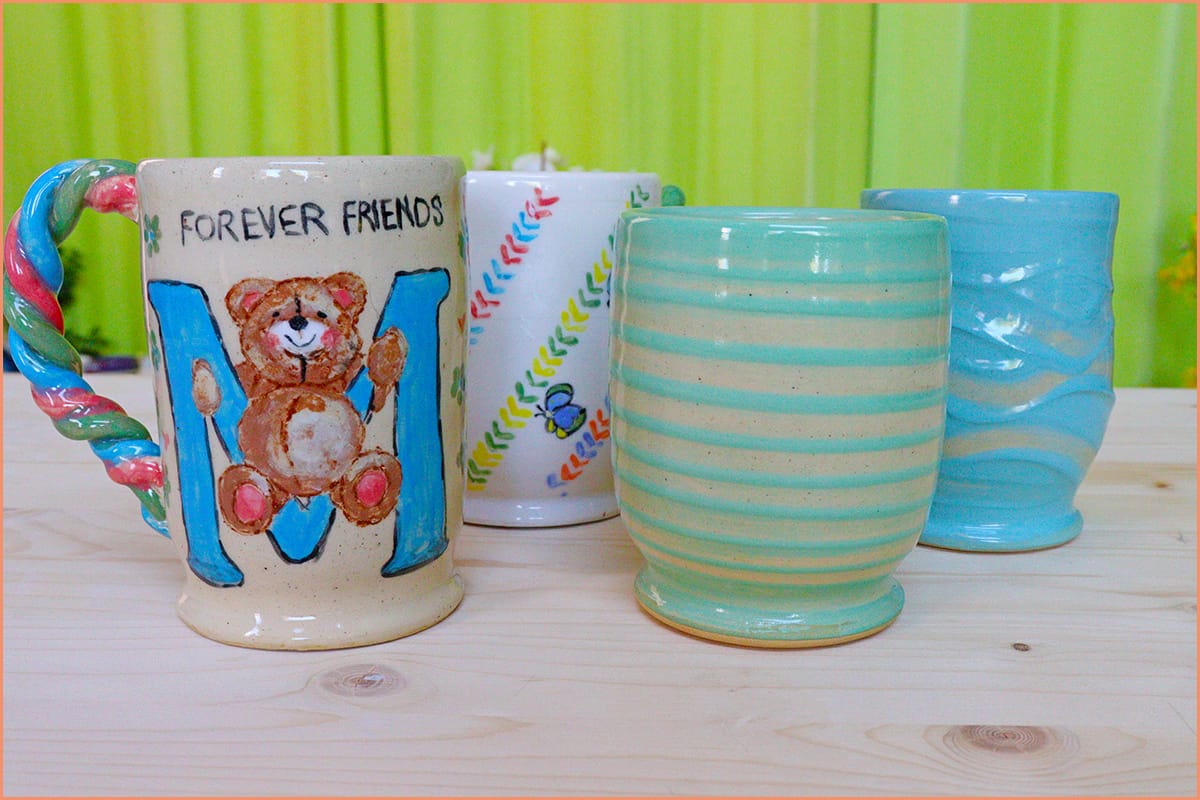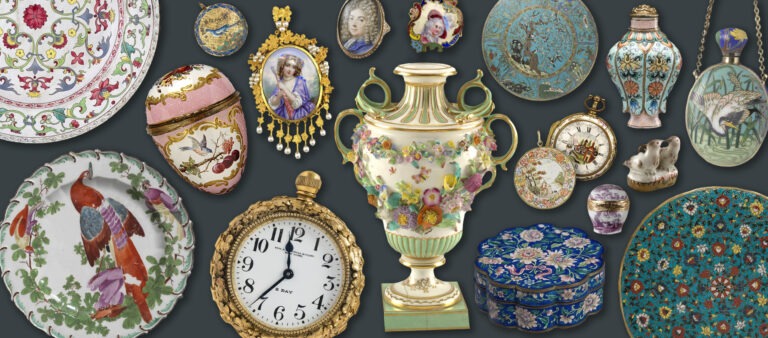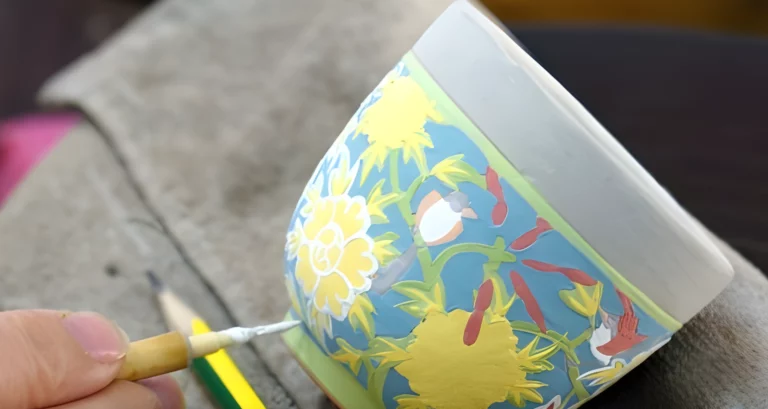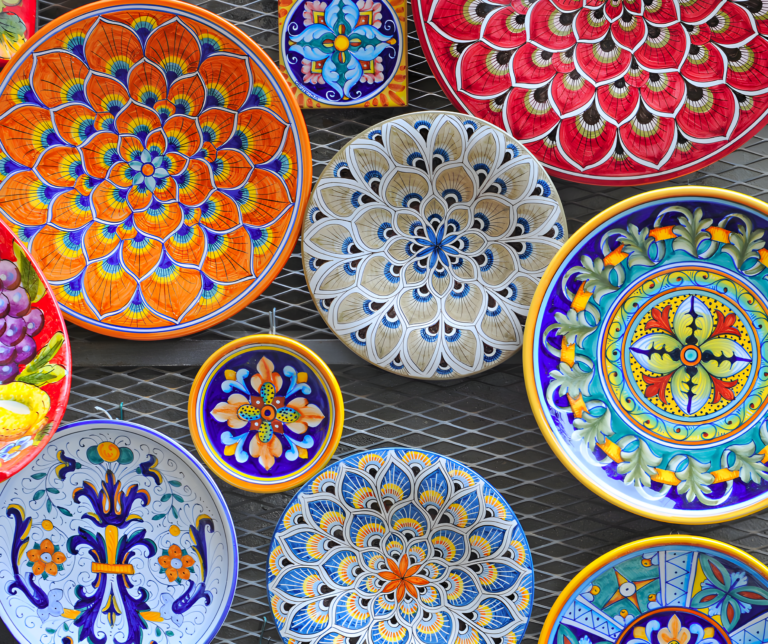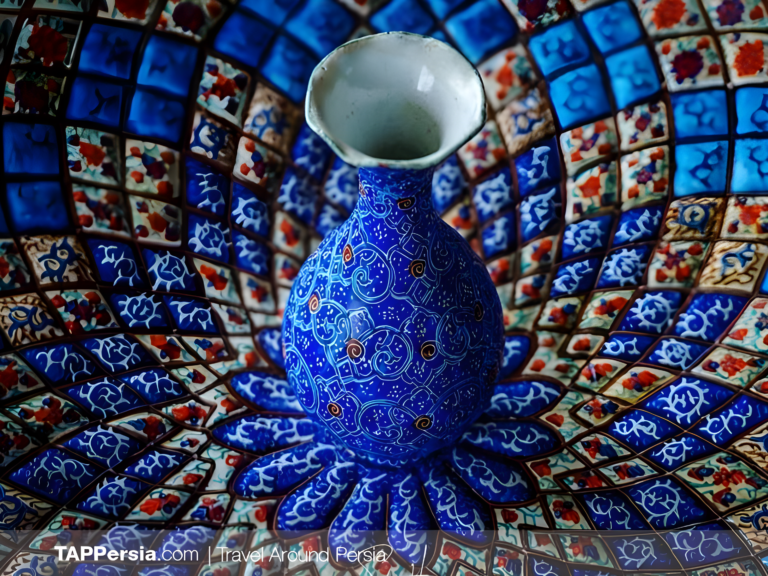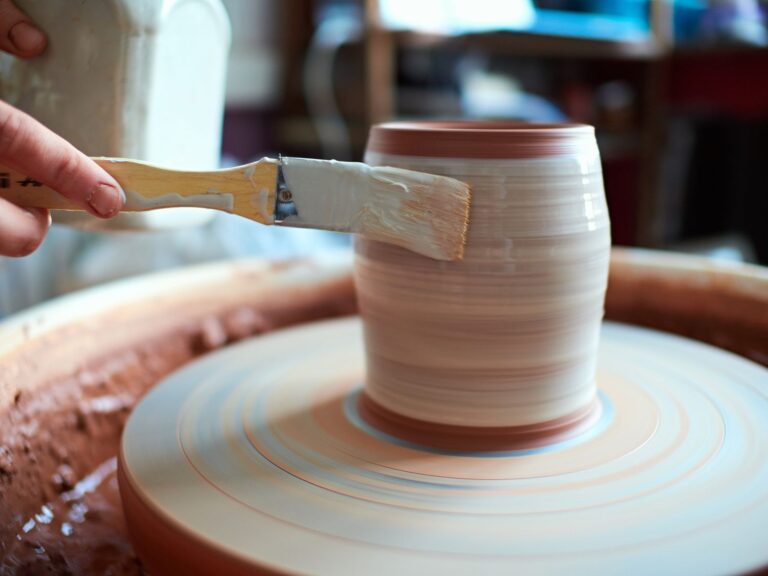Glaze vs. Slip: What Every Potter Should Know
In the world of ceramics, understanding the differences between glaze and slip is essential for both beginners and experienced potters. These two materials play a fundamental role in shaping the final look, feel, and functionality of ceramic pieces. While both are applied to clay surfaces before firing, they serve entirely different purposes.
Glaze is a liquid coating that transforms into a smooth, often glassy, finish when fired, adding both aesthetic appeal and durability to ceramics. Slip, on the other hand, is a liquefied form of clay that is primarily used for decoration, texture, and sometimes even for joining separate clay pieces.
Knowing when to use glaze and when to apply slip can elevate your ceramic work, allowing you to create everything from vibrant, glossy dinnerware to intricately decorated pottery with layered textures. Let’s explore their differences in depth, covering their composition, application, and firing effects.
What is Glaze?
Glaze is one of the most transformative elements in ceramics. It is a coating applied to a clay piece before the final firing, which then melts into a smooth, often glass-like surface. The primary functions of glaze are to enhance appearance, create a waterproof barrier, and increase the strength of the piece.
Composition of Glaze
Glaze is made up of three essential components:
- Silica (SiO₂): The primary glass-forming element that gives glaze its glossy finish.
- Flux (such as sodium, calcium, or lithium oxides): Lowers the melting point of silica, allowing the glaze to fuse properly.
- Alumina (Al₂O₃): Adds structure to the glaze, preventing it from running off the ceramic surface during firing.
Additional materials, such as metal oxides and colorants, can be added to modify the glaze’s texture, opacity, and hue.
Types of Glazes
Glazes come in a variety of finishes and effects, including:
- Glossy vs. Matte: Glossy glazes create a shiny, reflective surface, while matte glazes offer a softer, more subdued appearance.
- Transparent vs. Opaque: Transparent glazes allow the underlying clay or decoration to show through, while opaque glazes completely cover the surface.
- Glossy, Satin, and Textured Finishes: Some glazes create rough or crackled textures, adding depth and character to ceramics.
Why Potters Use Glaze
Glaze not only enhances the visual appeal of ceramics but also protects them. It seals the porous surface of clay, making items like plates and cups safe for food and liquid use. Additionally, glaze can alter the texture of a piece, giving it a silky-smooth feel or a rougher, more tactile finish.
What is Slip?
Slip is essentially liquefied clay, often mixed with pigments or other materials to create decorative effects. Unlike glaze, slip remains more integrated with the clay body, bonding to the surface as part of the piece rather than forming a separate, glassy layer.
Composition of Slip
Slip is made from:
- Clay: The base material, usually from the same body as the ceramic piece.
- Water: Thins the clay to a smooth, pourable consistency.
- Colorants or Additives: Oxides, stains, or other materials can be mixed into slip to create different colors and textures.
Types of Slip
Slip can be classified based on its function and appearance:
- Colored Slip (Engobe): A slip mixed with pigments to create decorative patterns.
- Textured Slip: Contains additional materials like sand or grog to create raised or rough surfaces.
- Joining Slip: A thicker mixture used for attaching separate clay pieces.
How Slip is Used in Ceramics
Slip is highly versatile, allowing potters to achieve different artistic effects:
- Sgraffito: A technique where layers of colored slip are applied and then scratched away to reveal the underlying clay.
- Slip Trailing: A fine nozzle is used to create raised, intricate patterns.
- Mishima: Slip is inlaid into carved lines, creating striking designs.
- Layering and Brushing: Slip can be layered in multiple colors or applied with a brush for painterly effects.
Because slip is clay-based, it interacts naturally with the ceramic surface and can be used on both greenware (unfired clay) and bisque-fired pieces.
Key Differences Between Glaze and Slip
While both glaze and slip are applied to ceramics before firing, they have distinct differences:
| Feature | Glaze | Slip |
|---|---|---|
| Composition | Glass-forming materials + flux + alumina | Clay + water (+ pigments or additives) |
| Function | Seals and decorates | Decorates, joins, or adds texture |
| Appearance | Glassy or matte, often smooth | Matte, textured, or layered |
| Application | Brushing, dipping, spraying | Brushing, pouring, trailing, carving |
| Firing Result | Forms a smooth, melted coating | Bonds with clay, retains texture |
Understanding these differences can help you choose the right material for your creative vision.
How Firing Affects Glaze and Slip
The firing process plays a crucial role in how both glaze and slip behave:
- Glaze: Needs to be fired to the correct temperature for the glass-forming materials to melt properly. The firing atmosphere (oxidation or reduction) also affects the final color and texture.
- Slip: Can be fired at various temperatures, often interacting with the glaze if applied together. In low-fire ceramics, slip remains porous, while at higher temperatures, it can fuse more solidly with the clay.
When glaze and slip are combined, potters can achieve unique effects. A slip-decorated surface can be covered with a transparent glaze to enhance its colors, or a textured slip pattern can influence how a glaze pools and moves during firing.
When to Use Glaze vs. Slip
Choosing between glaze and slip depends on your artistic goals and functional needs:
- Use glaze when you want a waterproof, durable surface. Ideal for plates, bowls, and functional ceramics.
- Use slip when you want to add decorative patterns, textures, or color layers. Great for artistic pottery and intricate designs.
- Use both together for complex effects. Apply slip designs underneath a transparent glaze to enhance depth and color.
Experimenting with different combinations of slip and glaze can open up endless creative possibilities in ceramics.
Both glaze and slip are essential tools in ceramics, offering different ways to enhance, decorate, and protect clay pieces. While glaze transforms surfaces with its smooth, glassy finish, slip integrates seamlessly into the clay, allowing for rich textures and artistic expression.
By understanding their properties and how they interact during firing, potters can push the boundaries of their craft, combining techniques to create unique and visually stunning ceramics. Whether you prefer the depth of layered slip decoration or the brilliant sheen of a glossy glaze, mastering these materials will take your ceramic artistry to the next level.


